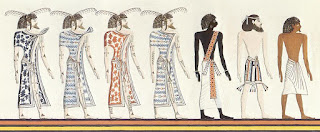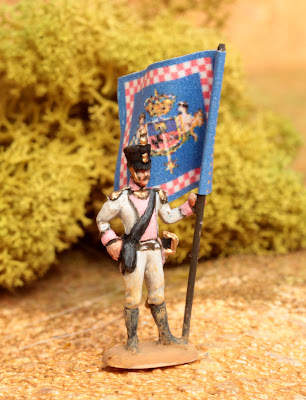Today, I, Philotep the scribe, wanted to start a series of posts related to the New Kingdom Egypt. My intention is to paint A NKE DBA army to fight against the Sea People (their army is growing, see the Sea People post), the Nubians (their army is not growing, but one day... see the first 2 Nubians here) and the Libyans (not very numerous as you can see in that post, but they will ally with the Sea People).
Back to the Egyptians. Let me introduce you the first unit, the foot archers. There were many archers in the egyptian army, and we can still see examples on the reliefs of several archeological sites.
I took these pictures in the region of Luxor a few years ago:
 | |
| Ramasseum - Siege of Kadesh under Ramesses II |
 |
| Medinet Habu - Fight against the Sea People under the reign of Ramesses III |
 |
| Medinet Habu |
I used the excellent minis by Caesar to represent the archers - great minis!
The archers in line, waiting for the invaders to come:
The first close-combat fighters arrive just in time to prevent the archers from being wiped out by the ferocious Peleset.
See you soon for the next unit: the Sherden.
















































